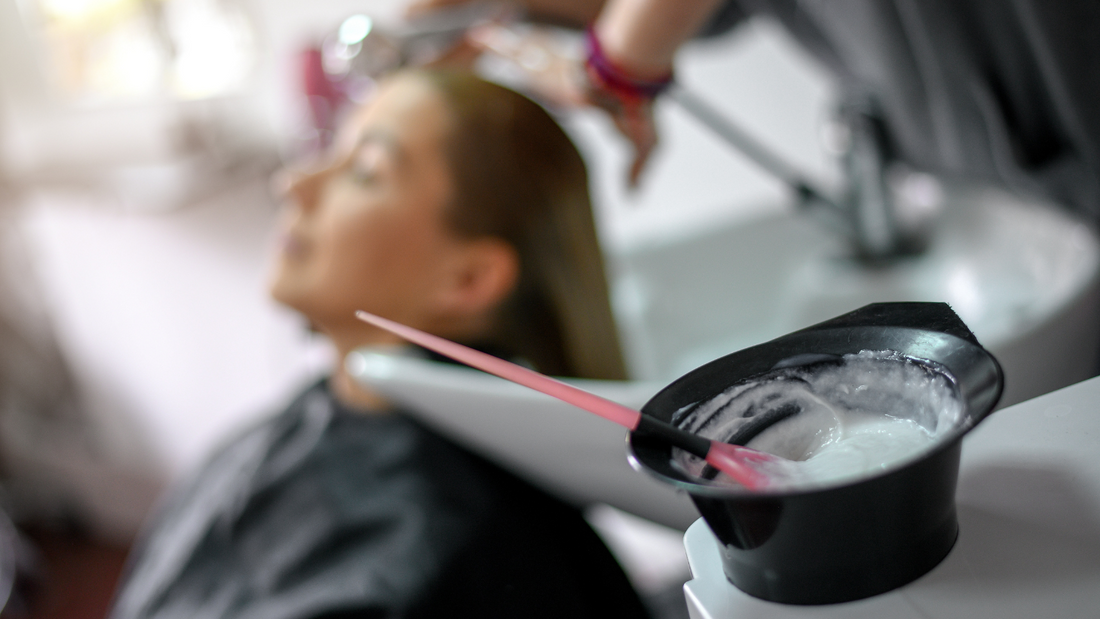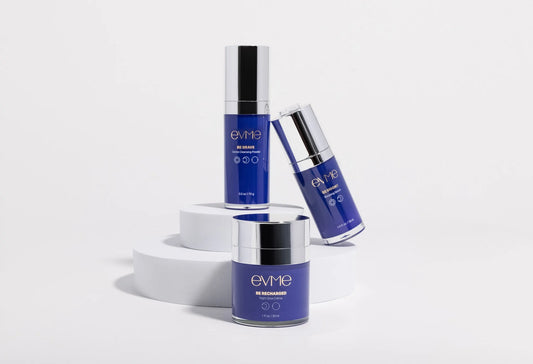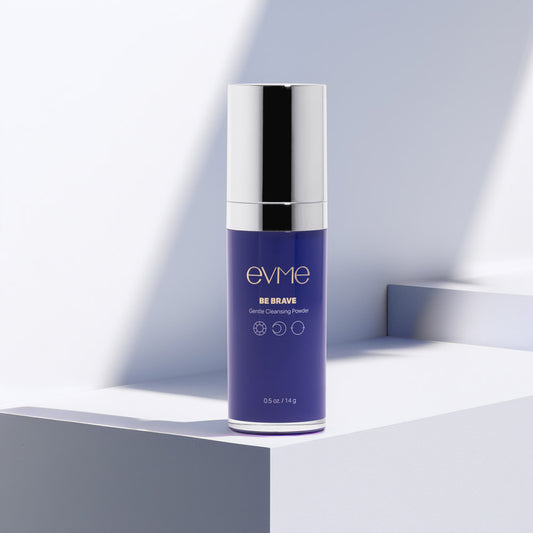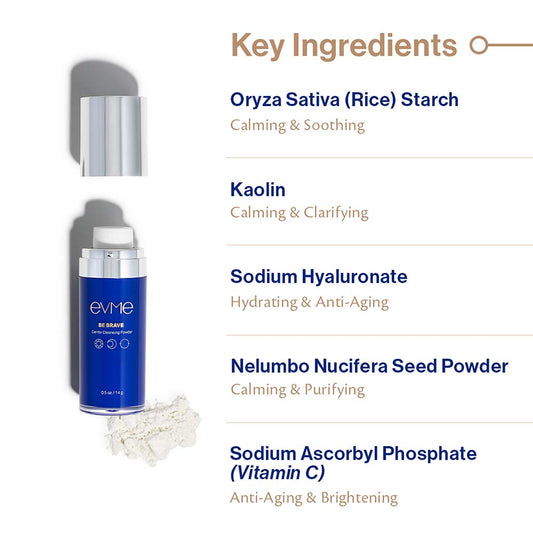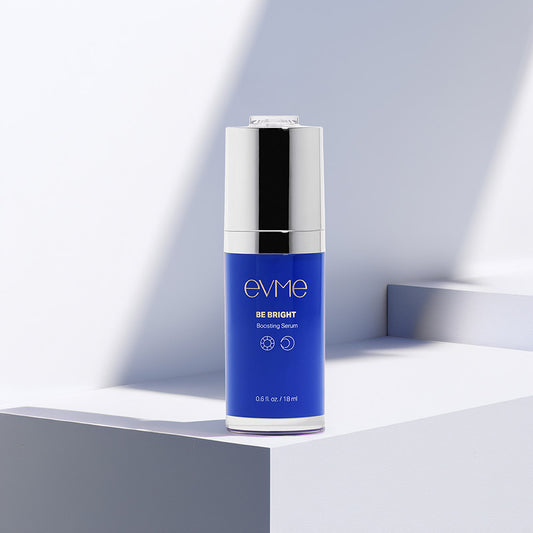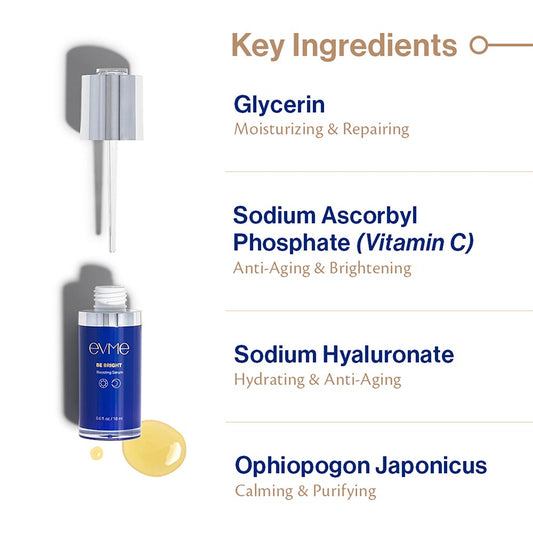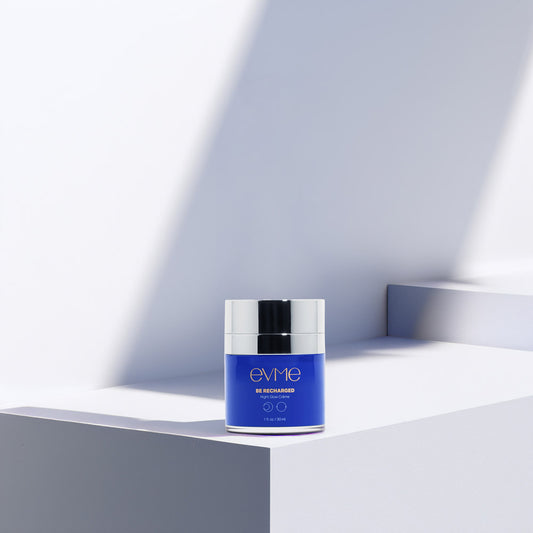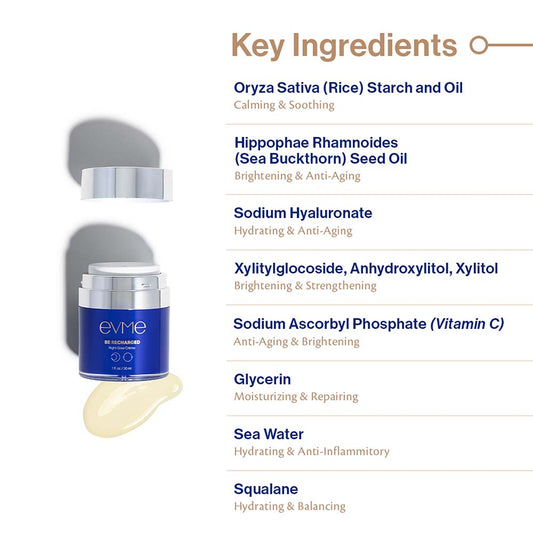Try Evme, allergist-created luxe skincare for sensitive and allergic skin.
Shop All ProductsAllergen highlight: Lanolin
January 18, 2023
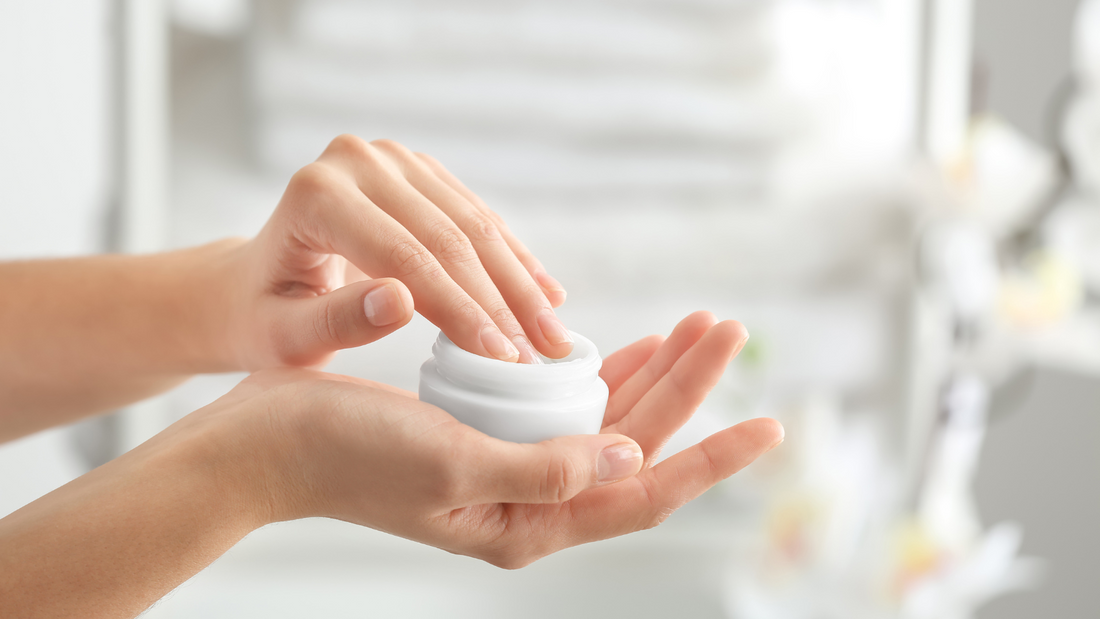
Back To Articles
I want to introduce you to an allergen that is often overlooked. What bothers me the most about this allergen is that it is commonly included as an ingredient in creams that are meant to soothe sensitive skin. For those that are allergic to this ingredient, your skin may actually become more inflamed after you use certain types of moisturizing creams. And if you’re not allergic to it now, be cautious, because if you are using these products on broken skin, you may be making yourself more susceptible to a problem in the future. It turns out that exposure to allergens with an impaired skin barrier may actually sensitize you —making you more likely to develop a reaction to that allergen in the future. What ingredient are we talking about? Lanolin.
What is Lanolin?
Lanolin is a substance made from a natural secretion of sheep which functions as a protective coating on their wool. This fatty substance, also called wool grease, is modified to create lanolin and its derivatives including lanolin alcohols, which are responsible for most cases of lanolin allergy.
Lanolin is known for its emollient (moisturizing) properties which can be nourishing to skin. It is found in a variety of personal care products, including creams and powders (including nipple creams for breastfeeding mothers and some baby products like diaper creams), shaving creams, lipsticks, shampoos, and soaps. There are some ointment bases for topical medications that also contain lanolin.
The most well known products on the market that contain lanolin are Eucerin and Aquaphor, to name a couple. Ironically these are used for sensitive skin, but may be a problem for a population of those with allergies to lanolin.
Lanolin is also used for industrial purposes (applied to metallic surfaces to prevent corrosion and used in plasters and polishes) though it has low allergenic potential when exposed through this route.
Ever felt like that wool sweater was causing you to react?
Wool clothing is another important source of exposure to lanolin as it’s content may be as high as that in some cosmetics!
A high-risk population for the development of contact dermatitis from lanolin has been identified. People who have chronic dermatitis, especially a condition called venous stasis dermatitis, may be at higher risk of developing reactions due to lanolin.
Medical-grade lanolins (used in prescription based formulations) are thought to be much less allergenic than less purified forms of lanolin, so they may not be a huge source of reactions.
If you have sensitive or allergic skin, and the usual ”hypoallergenic” products are not working for you as well as the product claims have suggested, Evme is here for you! Our detailed approach to creating efficacious, non-irritating products leaves out lanolin and other hidden allergens and irritants so you can rest assured that you’re getting the closest to “sans-allergenic” as you can!
Recommended articles
close
Evme Sans-Allergenic Skincare Products
- Choosing a selection results in a full page refresh.



